Satellite Phones: How to Get Reliable Communications from (Almost) Anywhere On Earth
Satellite Phones: How to Get Reliable Communications from (Almost) Anywhere On Earth
Way back in 2001, I worked with a gentleman whose wife frequently made trips back to her home country of Argentina. In December of 2001, making these kinds of trips frequently was a bit “problematic” security-wise. One day at work, I spotted my coworker stepping outside to make a phone call. This was relatively unremarkable, aside from the strange-looking phone he was using. A little later, when he returned from his call, I asked him more about the phone and learned he’d been using a satellite phone.
Given that these were the days between the initial introduction of cellular phones and the smartphones that absolutely everyone and their mother has today, the form factor was massive. It was more akin to the original Motorola “car phones” than the ever-shrinking Nokia, Ericsson and other cellular handsets that defined the “state of the art” at that time.
What is that thing?
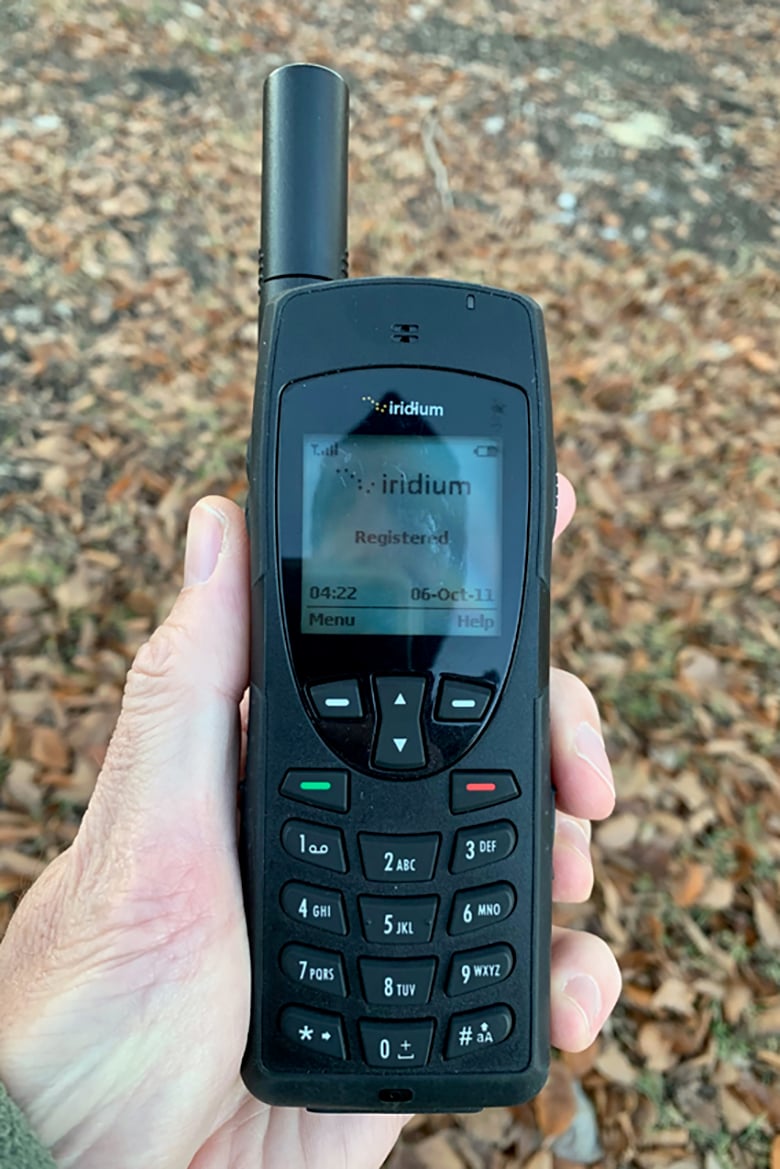
My questions at the time about satellite phones were; what was the cost, where did it work, where didn’t it work, what were the available monthly plans and whose satellites did it actually use? In 2001 the cost was pretty steep or I would likely have bought one, based on technology envy alone. I also asked, based on the cost, why he even needed such a device when cellular phones cost so much less. He explained the need for an extremely reliable means of keeping in touch with his wife while she was in Argentina and it absolutely made sense, given those circumstances.
I recalled the chaos shortly after the attacks on September 11th, 2001, with cell networks that were over-taxed. My attempts to confirm the well-being of a buddy that worked at the Pentagon were thwarted by busy signals for multiple days. This didn’t justify the cost of a satellite phone for me at the time, but I could understand that situations could dictate one being a necessity.
Have and Not Need, Never Need and Not Have
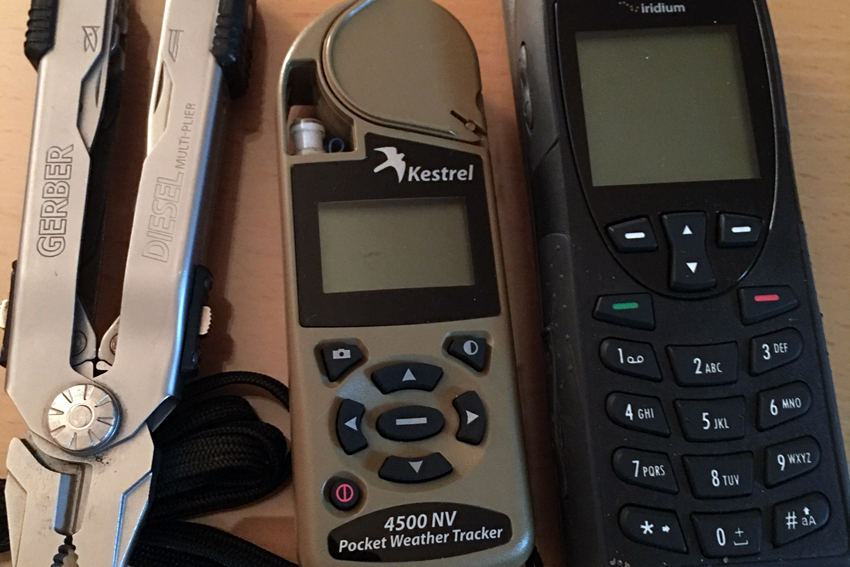
A few years later in 2008, I discovered a renewed interest in disaster preparation and suddenly found myself with more discretionary income at my disposal. I spent a couple months determining what my exact needs were, then settled on an Iridium 9555, which had only recently been released. The handset itself ran about $1200 and I got a service plan from Roadpost with 60 minutes/month, to the tune of about $80 or $90 per billing cycle. The first week I got the phone, I probably made 30-40 calls total. It was absolutely not cheaper than using my first generation iPhone over normal cellular networks, but the novelty factor was high. I enjoyed a brief renewal of that thrill of making “guess where I’m calling from” calls, as I’d made with my first issued “car phone” so many years ago.
Since that time, I’ve revised my billing plan, so that I now pay about $50 a month and then a per-minute fee for actual use. That per-minute fee runs between $.75 and $1.50 a minute. As I almost never actually make calls with it, the cost usually hovers at about $50 a month. This is still relatively expensive for a device one never actually uses, so you may ask, “Why have one at all?”
My answer is simple, it’s better to have and not need than to need and not have. My Iridium 9555 works all the time, everywhere. As long as “everywhere” is outside. When I lived in California, my preferred long distance shooting range was the Panoche Hills Bureau of Land Management parcel, about 3-4 hours south of San Francisco. While it was absolutely perfect for long range practice, it was also well outside cellular coverage areas and since no one really lives inside the large BLM area, it would more than likely never get cell tower infrastructure installed.
While I never expected to have any nasty incidents requiring medical assistance when I was out at the range, I wasn’t comfortable with a plan for staying alive requiring self-bandaging, followed by an hour or so of driving back to where I could finally call for assistance. The Iridium phone fit this need perfectly. No cell coverage? No problem. With the 9555, all I need is a clear line of sight to the sky above. Iridium’s 60+ satellites cover literally the entire surface of the earth, including the North and South Poles and everything in between. Having a device capable of communications in places that have no cell coverage is a solid comfort towards a feeling of safety.
Satellites Are Not Cheap
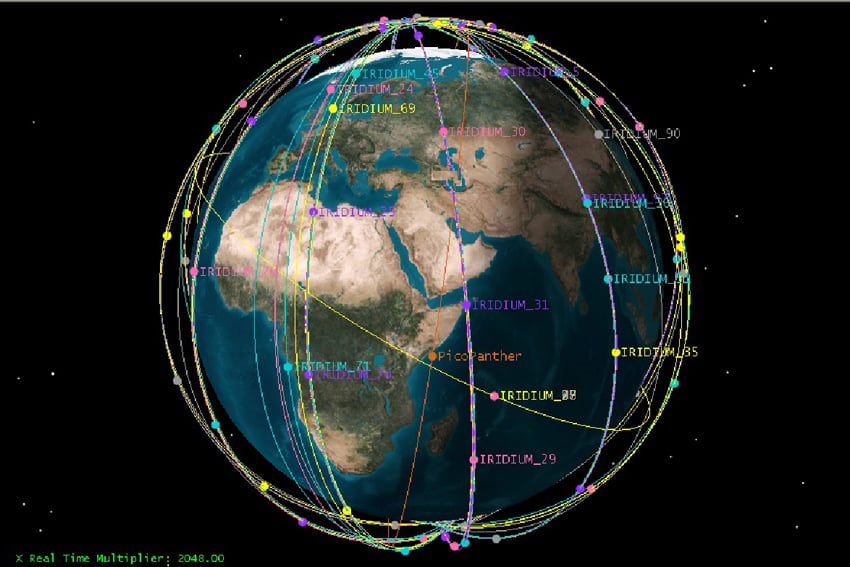
These days, satellite phones are still dauntingly expensive, especially compared to LTE-capable phones with their rapid data transfer rates. There are a variety of reasons for this; one being that satellite infrastructure is expensive to build and maintain. Once a satellite is launched, it’s not going to be replaced by a newer, more robust satellite any time soon. It will join the network of other satellites, all of which are using data transfer rates that were best-of-breed when the first satellites in those networks were conceived, built and launched into service. As a result, data transfer via satellite is roughly equivalent to standard landline communications data transfer rates circa 1995. Iridium’s data transfer rates hover at around 28k maximum and that likely isn’t going to change any time soon.
That exorbitant cost damn near sank Iridium as a company, due to the colossal expense of launching billions of dollars worth of space hardware on behalf of what was essentially a startup communications company. Iridium went into bankruptcy about 9 months after they’d launched their initial satellites in 1998, only to be bailed out by the U.S. government.
This bailout was in exchange for a two-year contract to provide service to federal government clients. Iridium was re-founded after this in 2001 and remains in business to this day, albeit with meager profit margins compared to those of terrestrial cellular companies.
Currently, the Iridium network is a rather unique situation, with government and civilian traffic being handled over the same satellites, though with separate earthbound gateways. (The Department of Defense gateway is in Hawaii and the civilian gateway is in Tempe, Arizona, just down the street from a massive Internet hosting data center owned by Digital Realty.) This doesn’t happen often, but again, launching satellites is very, very expensive, so doubling your launched satellites requirement is a little cost-prohibitive.
However, it’s important to note that new Iridium satellites with more capable technologies are indeed being launched via Space-X rockets. Eventually, the entire current network of satellites should be replaced with more capable satellites. Additionally, there are two other gateways these days, Rome, Italy and Izhevsk, Russia both have a “base-station” now. Originally, there were 11 gateways, but bankruptcy is a bitch.
Space Junk Crash
As a quick interesting side note, one of the initial Iridium satellites, known as “Iridium 33”, collided with a defunct Russian satellite named “Kosmos-2251” in 2009. This resulted in the destruction of Iridium 33 and a fairly large debris cloud. This is one of eight known “space junk” collisions ever in history.
Your Satellite Phone Options Today: Service Providers
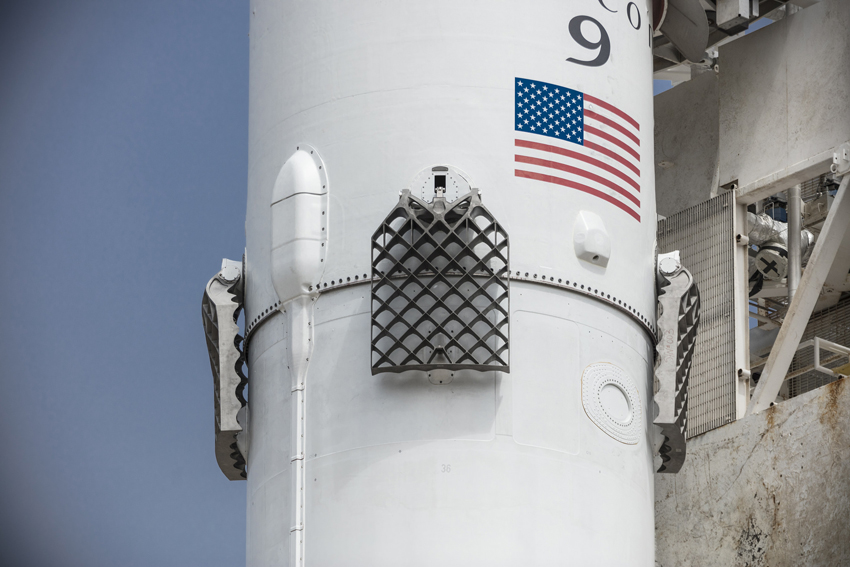
Today, there are basically three options for consumers who want a satellite phone. Obviously, Iridium is still around; their devices and service plans are available from multiple resellers, to include Roadpost. (The one I use.) Iridium isn’t going anywhere any time soon, as they still net 23% of their yearly business from federal government clients and the government isn’t running out of (your) money any time soon.
However, there are competing satellite networks to choose from; Globalstar and Thuraya are the two most prominent. In the United States, we don’t see that many Thuraya handsets out and about, but they’re all over the place in the Middle East, Africa and Asia. If you’ve checked the news in the last 17 or so years, you may have noticed that some of these areas have been home to armed conflicts of one type or another. As a result, it shouldn’t come as a complete surprise that there’s been some development of monitoring and interception tools geared towards the satellite communications network most frequently used in those areas; to the extent that there are purchasable solutions for monitoring exactly those devices. I don’t mean to say that if you buy a Thuraya phone, your calls and data will be intercepted by government agencies; I’m just saying that it apparently happens enough that a product to do just that has been built and can be bought for less than $200,000.
Globalstar devices and services are also available, using Globalstar’s low earth orbit satellite network. The “Spot Satellite Messenger” service, which enables Spot device users to send GPS data on the device’s location, as well as sending text messages, voice communications, or SOS signals, uses the Globalstar network. For what it’s worth, I’ve never heard of a commercial device to intercept and monitor Globalstar traffic and my extensive research (I Googled it multiple times) has turned up nothing of the sort. Then again, that by no means should imply that such activities cannot be done; simply that if they are, they’re likely held as government-only methods and processes.
One major thing to consider before taking the plunge into a satellite phone is where you expect you might need to use such a service. As I said before, Iridium’s coverage covers the entire globe. Thuraya covers most land masses on Earth, with some notable exceptions where they only offer “roaming services”. Globalstar, the least expensive of the available services, has the smallest coverage area, covering most of Canada, the lower 48 states of the USA, Western Europe and the very top of Tunisia and Libya. If you don’t go where they don’t cover, then no big deal. However, do you honestly know everywhere you’re ever going to go in the next 10 years?
Device Options
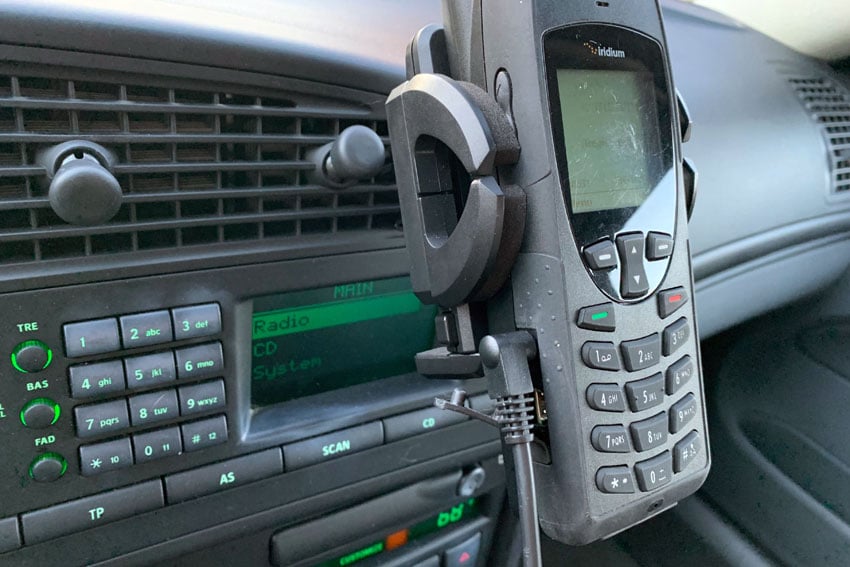
In addition to the Iridium 9555 still actively sold on the market, there are other devices available. Some of these function as 28k satellite modems and some integrate with current smartphones to provide data and voice coverage when your cell coverage is negligible to non-existent. In order to determine what you need, you should analyze how you think you’ll use it, then re-analyze that plan. Unless you’re the federal government or a crime-fighting vigilante billionaire, you probably don’t want to spend multiple thousands of dollars on this device. Ask yourself what you want to use it for and whether or not that use is worth the expense.
More recent devices (more recent that is than my Iridium 9555, which is celebrating its 10th birthday this year and still kicking) have more robust feature sets, including the ability to geolocate the receiver and send that information upstream if needed. Additionally, in some cases, devices provide a satellite to WiFi bridge and are available across a wide spectrum of price ranges. Whatever you go with, know that it isn’t going to be cheap. Strongly weigh what you expect you’d need such a device for, contrast it to what features you think you wouldn’t use and determine how much you’re comfortable spending. The Iridium 9555 has dropped about $200 in price since I bought mine and now sits at just about $1000. The Iridium Extreme 9575 comes in at around $1300 and you can pick up an Inmarsat IsatPhone 2 for under $800.
If what you’re looking for isn’t a satellite phone, but a data-connection device, the Iridium GO! can be had for under $800, with other such devices running the range between $700 and $2000.
Maybe You Need One, Maybe You Don’t
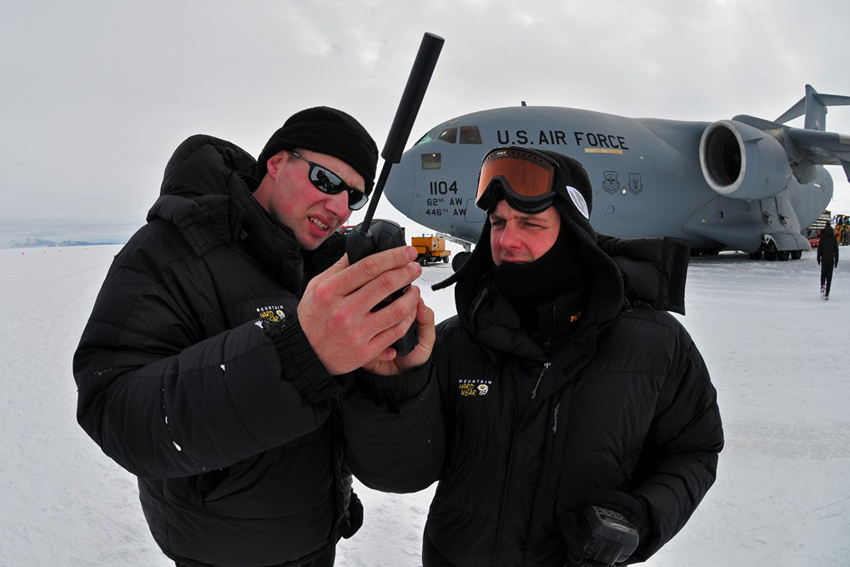
In the end, satellite phones are still nowhere near “cheap” and you may never need one. However, if you need it one time in order to save your or someone else’s life, it may be worth considering. If you spend a lot of time traveling the world or exploring areas not overflowing with cellular, WiFi, or other network connections, a satellite phone could be exactly what you need.
No matter what, when considering whether to make such a purchase, keep in mind the coverage area, the fact that these largely only work outdoors with direct line-of-sight to the satellites above and the limitations of the existing technology. These aren’t a cost-effective viable means of browsing your social media feed from the top of Mount Everest. However, if you absolutely, positively need to make contact with any land or cellular telephone line from a place that has no other option for making such a connection, a satellite phone might be something you should think about picking up. If nothing else, you’ll have a sweet quasi-archaic looking device with a big badass antenna on it. Mine hasn’t saved my life, but I take solace in the fact that, so long as I have the device with me, it might and I’d rather have a chance to stay alive than a short-lived regret that I would have had a chance, had I bought a satellite phone.
Editor-in-Chief’s Note: Matthew Sharp is a Plank Owner and Life Member at ITS and goes by the username “viator.” Having recently escaped the clutches of The People’s Republic of Northern California for Texas, he enjoys long range shooting, carrying heavy objects great distances and fuzzy little puppies.






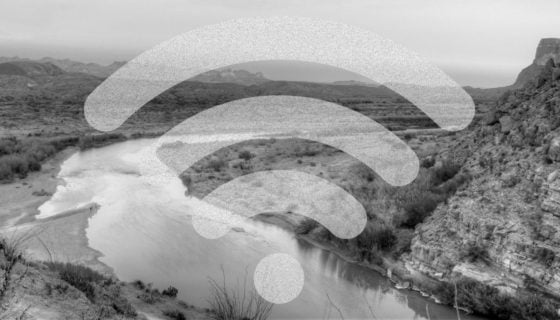
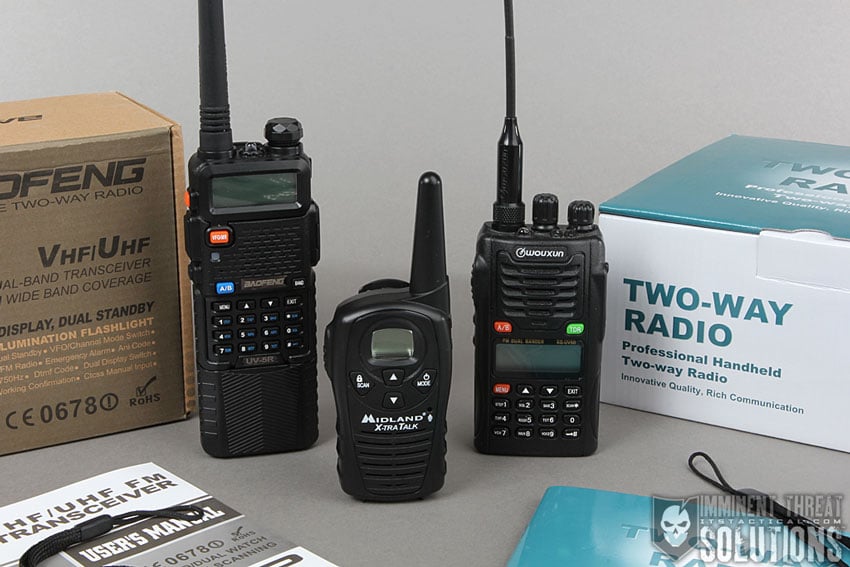

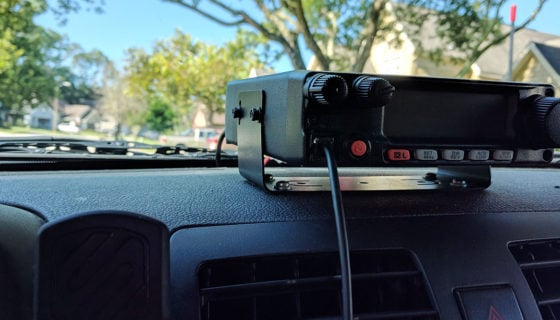

Discussion